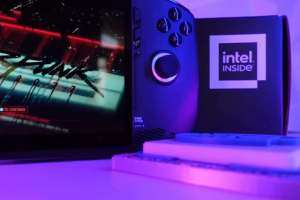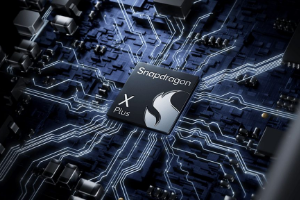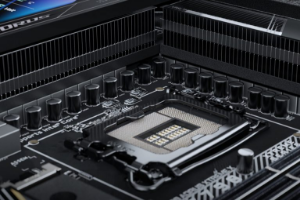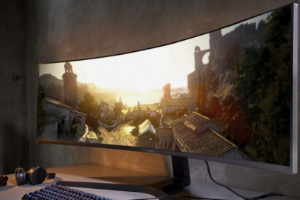Connection to DriversCloudCreate a DriversCloud.com accountReset your DriversCloud.com passwordAccount migration
Loongson CPUs and Moore Threads GPUs: China's semiconductor powerhouse on the rise
Pressured by the USA and its economic sanctions on the most powerful processors, China is developing a local industry.
For many years now, we've been talking about the rise of Chinese companies in all fields. In the tech world, however, there are a few sectors that still seem to escape the Middle Kingdom's appetite: the most advanced photolithography machines in particular, and high-tech semiconductors too. In the former, the best Chinese companies still have a long way to go, and that's what's likely to catch up with the latter in the years to come. The pace at which companies such as Loongson and Moore Threads have succeeded in developing top-level semiconductors is impressive.
So, in the world of microprocessors, we're inevitably talking about the American giants AMD and Intel. We're also talking about the quite remarkable chips developed by Apple or ARM solutions. However, China's Loongson could soon become a player to be reckoned with. Used in notebooks reserved for the Chinese market, the Loongson 3A5000 was still rather rudimentary, but could already come close to matching 1st-generation Ryzen processors. With the 3A6000, the Chinese firm goes one step further. As Guru3D points out, Loongson's chips are still handicapped by their low frequency rise and low core count. On the other hand, when it comes to so-called IPC (or instructions per cycle), the 3A6000 is no longer a threat.
On this criterion alone, the Loongson 3A6000 is on a par with AMD's Ryzen 9 5950X, and therefore not very far from AMD's latest architectures (Zen 4) or Intel's (Raptor Lake Refresh). To assess the 3A6000's performance, Guru3D has normalized the operating frequencies: in other words, everyone is brought down to the same operating frequency, and if this puts the various competitors on an "equal footing", it also means denying some of the progress made by AMD/Intel: the 3A6000 is a 4-core/8-thread processor only, and its maximum frequency reaches 2.5 GHz, while Ryzen 9 and other Core i9s can flirt with, or even well exceed, 5 GHz. What's more, it incorporates only 256 KB of L2 cache and 16 MB of L3 cache, has a TDP of 50 watts and runs on DDR4-3200.
We were talking about CPUs, but in the world of GPUs too, China has arguments to put forward, even if AMD/NVIDIA still seem to have a comfortable lead. Indeed, while Moore Threads is making significant progress, it is still far from offering GPUs that could be said to be "up to scratch". However, the company has not failed to deliver with the MTT S70 and MTT S80, graphics cards that can run all the most modern games... even if they still have to cope with GeForce GTX 1030/1050-level performance. We're certainly a long way from the latest generations from AMD (RDNA 3, RX 7000 series) or NVIDIA (Ada Lovelace, RTX 40 series).
Despite this significant gap, Moore Threads is making progress and not just focusing on the hardware side of things, with, for example, a recognition of the importance of graphics drivers in harnessing the power of its chips. Relayed by VideoCardz, the information comes from the EJ Hardware site, which carried out performance measurements with driver version 211.30 (dating from around a year ago) and, more recently, with the latest version of these drivers, 240.50. The leap is impressive, with performance more than 2.5 times better on 3DMark's Fire Strike stage. In gaming, the gains are fairly similar, with a doubling of performance on games such as Call of Duty: Modern Warfare 3, Crossfire, DOTA 2, League of Legends, Risk of Rain 2. If AMD and NVIDIA can still rest easy, the day is not far off when CPUs and GPUs from China will be able to compete with their American counterparts.








